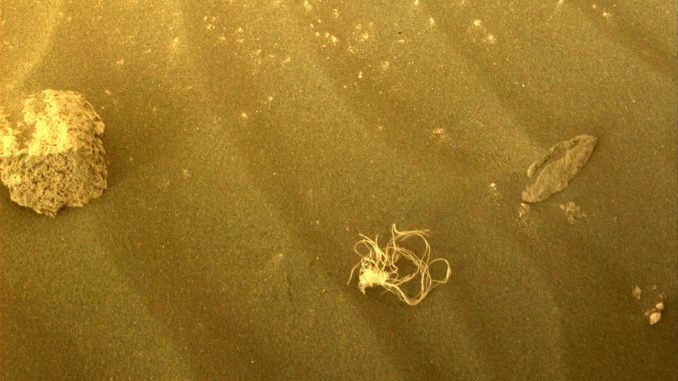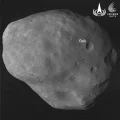
A study on the Mars meteoroid impacts titled “Newly formed craters on Mars located using seismic and acoustic wave data from InSight” has been published in the journal Nature Geoscience.
Researchers from Brown University have analyzed seismic waves detected by the seismometer of NASA’s InSight Mars lander, which were associated with four meteoroids crashing into the surface of Mars in 2020 and 2021. The meteoroids crashed into the planet in the Elysium Planitia region and impacted between 53 and 180 miles (85.3 to 289.7 kilometers) away from InSight.
The first meteoroid to strike Mars entered the planet’s atmosphere on September 5th, 2021, before it exploded into at least three fragments, each resulting in a crater on Mars’ surface. NASA’s Mars Reconnaissance Orbiter (MRO) satellite later flew over the impact sites, successfully located them, and captured close-up images of the craters. Earlier data revealed additional meteoroid impacts from May 27th, 2020, February 18th, 2021, and August 31st, 2021.
“Having a really precise location for the source of the impacts calibrates all other data for the mission. This validates the estimates we’ve made and will allow us to do this more precisely… It also tells us a lot about the impact process itself and the seismic results. We’ve never actually seen this before,” said co-author Ingrid Daubar, the Brown University Assistant Professor of Earth, Environmental and Planetary Sciences.
“These particular impacts are really small and close-they didn’t go through mantle and core. But it allows us to use this knowledge for the whole catalog of events with a new understanding from these data points on location and source,” Daubar continued.
You can read more from the study here.






